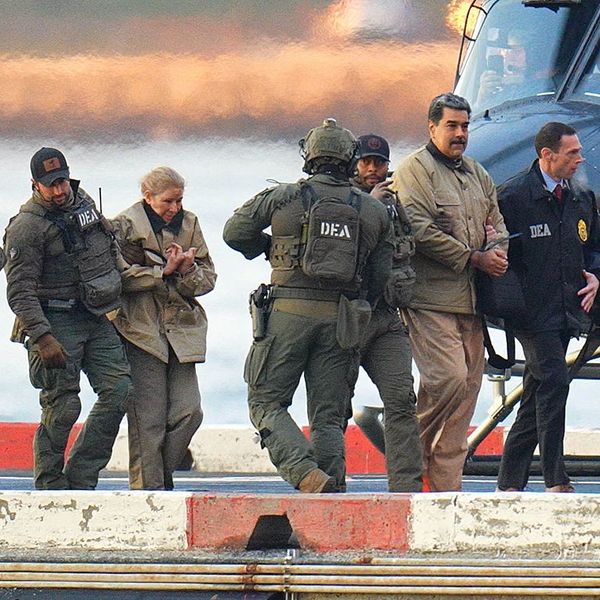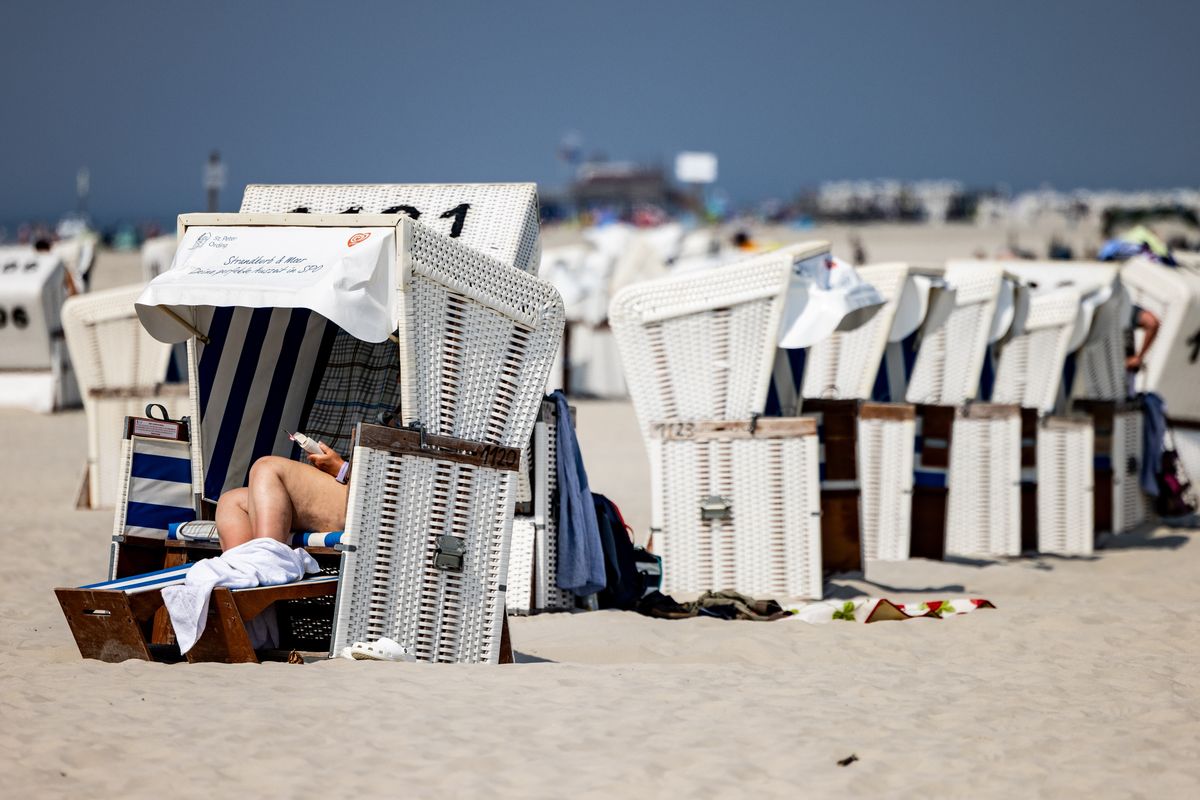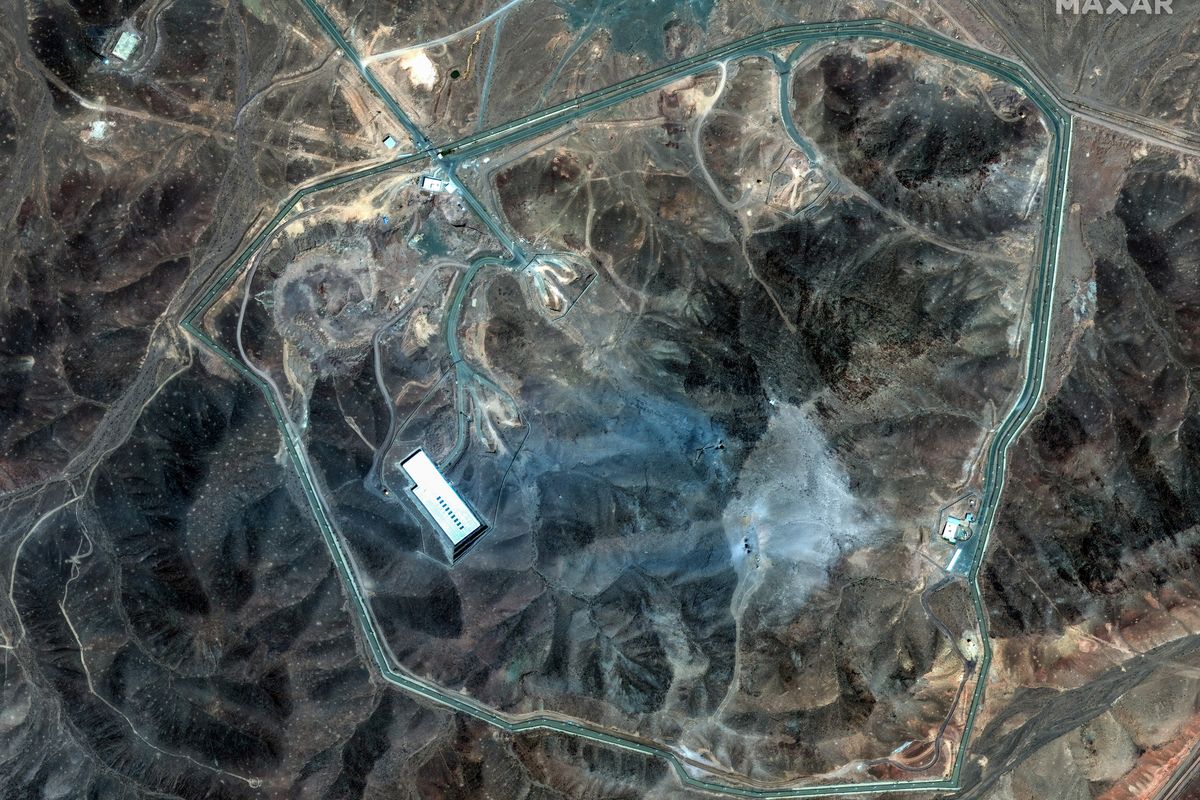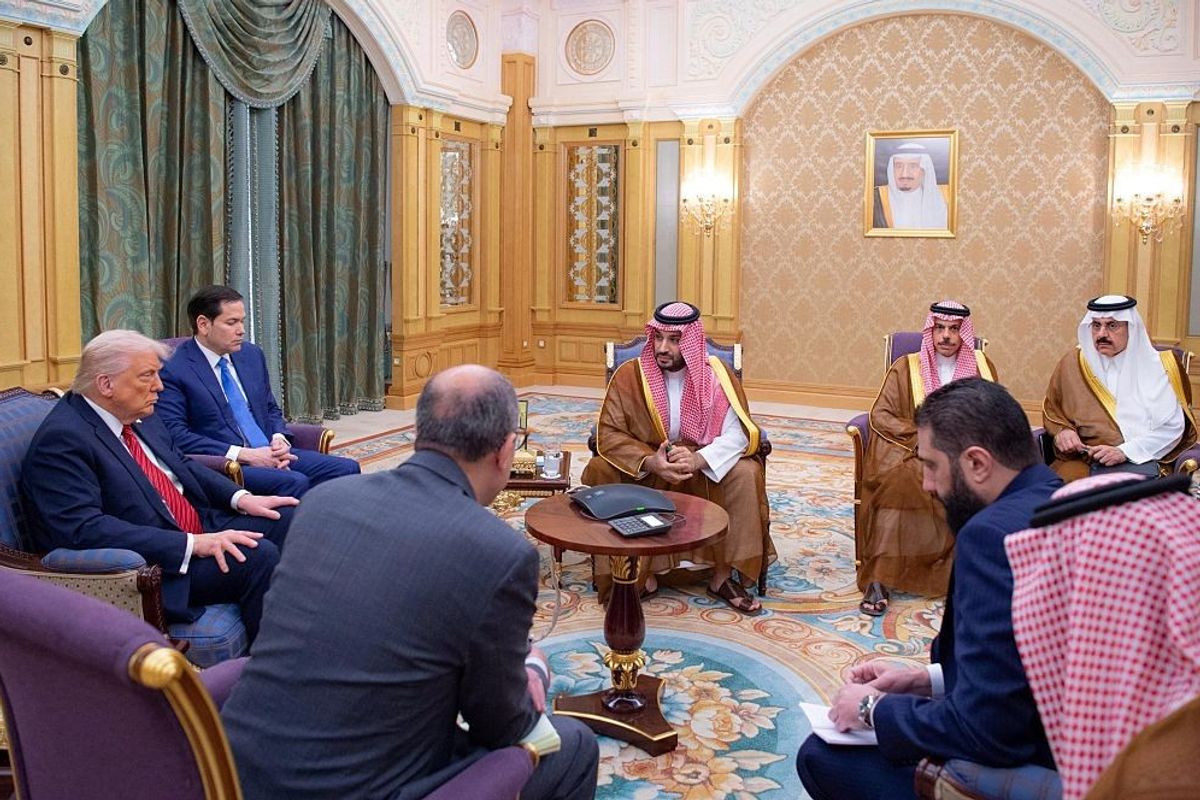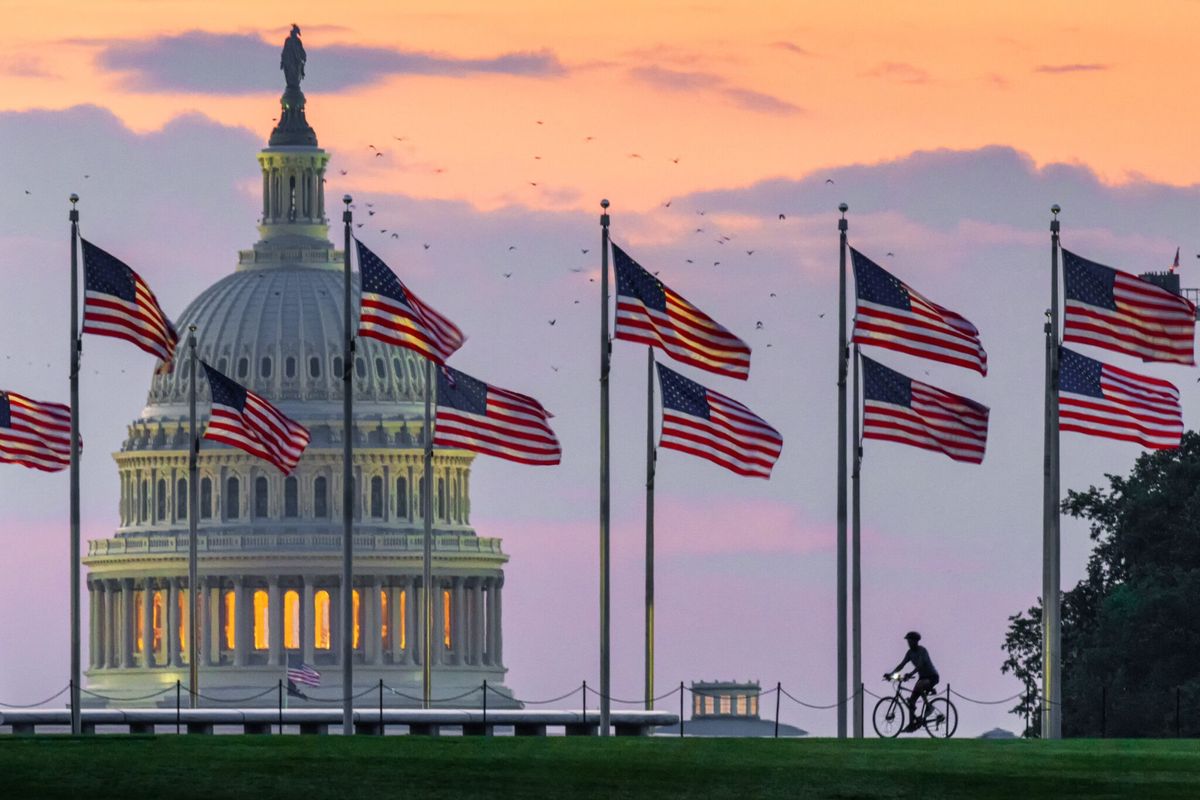Cipher Brief Expert John McLaughlin is a distinguished practitioner in residence at the Johns Hopkins University School of Advanced International Studies. He served as the Deputy Director of the Central Intelligence Agency from 2000-2004 and Acting Director of the CIA in 2004.
Eight years of war in Syria have come down to an epic struggle in a northwestern province the size of Delaware. Idlib is the last piece of territory standing in the way of Syrian President Bashar al-Assad regaining control of the country. As a last refuge, Idlib has been a magnet for one of the most diverse populations on Earth, ranging from millions of innocent refugees to numerous fighting groups, the largest of which is an al-Qaida offshoot, Hayat Tahrir al-Sham, and its 20,000 fighters, which has remarkably been the closest thing to a governing authority in the province for months.
Probably no comparable piece of real estate on Earth is at this moment an active battleground closely engaging the interests of at least four major powers — Russia, Turkey, Iran and the United States, the first three with fighting forces on the ground in Idlib. Syrian forces backed by Russia are advancing from the south, pushing 700,000 more refugees and anti-regime fighters toward the border with Turkey. NATO member Turkey, which has lost more than 30 soldiers and shot down three Syrian aircraft, is pushing back; Ankara claims it cannot absorb more refugees and has begun pointing those it already has toward the border with Greece and into Europe. Iran’s role is less clear but early this month, Tehran acknowledged that a sizable number of its Lebanese Hezbollah allies, along with Shiite militia fighters it directs in Idlib, were killed in Turkish strikes. The small remaining U.S. force is deployed elsewhere in Syria, but Washington says it hopes to get humanitarian assistance into the area.
This may be the last decisive battle of the Syrian war, even if low-level fighting continues for years. So, where does this leave the major players?
Syria’s Assad has won — at least militarily. His war began in 2011 when Syrians began protesting Assad’s harsh rule in the midst of the so-called Arab Spring — the uprisings against authoritarian regimes that began in Tunisia and rapidly spread throughout the region, notably to Egypt, Libya and Yemen. Of the regional leaders who inspired violent domestic protests, Assad is the only one left in power (aside from the Bahrain monarchy that survived a brief protest with Saudi protection). Assad owes his survival to Russia and Iran, which brought significant ground and air forces to his rescue. But with 400,000 Syrians killed, 5.7 million having fled the country, and 6.1 million internally displaced, Assad emerges as a ruler with no legitimacy — and one with little claim on international assistance for reconstruction.
Russia shares blame for the humanitarian suffering but, in the curious strength-obsessed logic of the Middle East, Moscow emerges as the great power credited with standing by its ally and willing to put force and reputation on the line for Assad. Russia does not seek to mediate many Middle Eastern disputes, but skillful diplomacy has put Russia on very good terms with all the Arab states, Israel and Iran, whose rulers frequently show up in Russia for consultations. Russian President Vladimir Putin may now be the most influential foreign leader in the Middle East.
Iran is entrenching itself in Syria — and plans to stay. The congressionally mandated Syria Study Group put the Iranian military presence in Syria in the “high hundreds to low thousands,” along with 10-20,000 militia fighters it directs and supplies. It has brought in advanced weapons systems, created military command centers, and it sees Syria as anchoring a land bridge of influence from the Persian Gulf to the Mediterranean. Obviously, it is also a close-in launching pad for threats to Israel.
Turkey is pulled agonizingly in multiple directions. It opposes Assad’s advance but doesn’t want to fight Russia, with which it tries to maintain good relations in hopes of influencing an eventual Syrian political settlement, particularly the future of the country’s Kurds. Ankara sees Syria’s Kurds as allies of Kurds in Turkey, who are viewed as terrorists and separatists by Turkish leaders. Meanwhile, Turkey’s refusal to absorb more refugees strains its relations with Europe. And its harsh policy toward the Kurds has often put it at odds with the U.S., its chief NATO ally often closely partnered with the Kurds in Iraq and Syria.
The United States, thanks to its hesitant policy during the Obama administration and its erratic one under President Donald Trump, has forfeited most of its influence in Syria and over its future. The small American force based in the northeast, about 1,000 troops, had impact beyond its size and a stabilizing influence by virtue of its reach into the larger, more robust American force elsewhere in the region. With the U.S. drawdown and the changing mission definition — now oddly one of protecting Syria’s negligible oil — Washington has left the region and Syria’s other players uncertain of its intentions and doubtful of its seriousness and staying power.
History’s judgment of all this is likely to be harsh. From a humanitarian standpoint, the tragedy of Syria far exceeds the Balkan wars and, in some respects, approaches the scale of the 1994 Rwanda genocide.
Strategically, the U.S. has probably lost more than we can now realize. Our desire not to get bogged down in another Middle East war is understandable, but we may have overlearned the lessons of Iraq. Syria was never a candidate for that kind of massive U.S. intervention. What it needs and has lacked is, above all, constancy of purpose and clearly defined priorities — integrated with skillful diplomacy and a modest amount of force. The moment for such an amalgam may have passed, but the world is often surprisingly open to U.S. leadership … even when it shows up late.
This column by Cipher Brief Expert John McLaughlin was first published by our friends at Ozy
Read more expert-driven insights, analysis and perspective in The Cipher Brief




